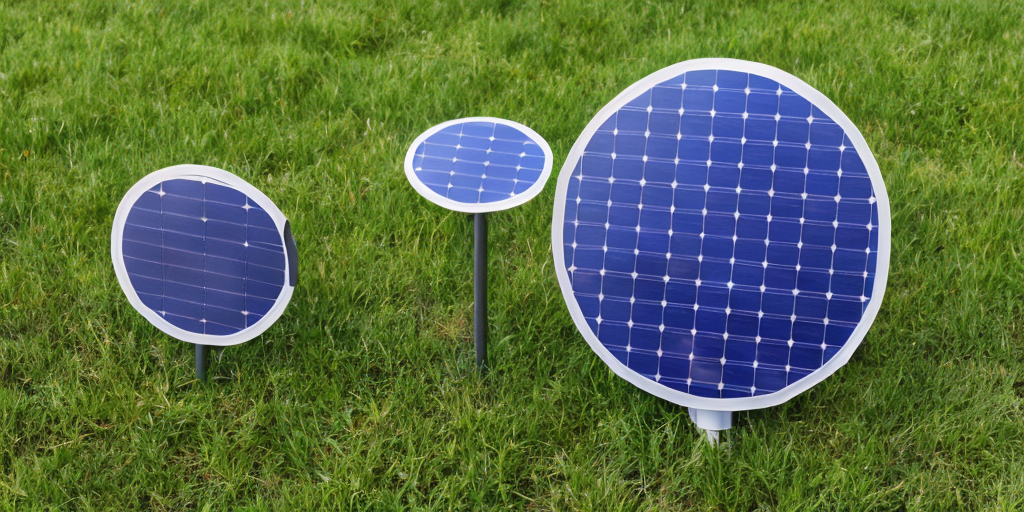Can I connect a 5w 5w solar panel directly into a 10k mAh portable battery bank safely via USB 2.0, or does it need some sort of protection in-between like a solar charge controller or a schottky diode?
Example of battery bank (except one with usb 2.0 input): https://www.anker.com/ca/products/a1229
Example of solar panel: https://www.aliexpress.com/item/1005006012344670.html

That is a cheap shitty knock off scam panel, just looking at the specs. it claims:
Power: 5W
Working voltage: 5v
Working current: 0-380mAbut of course, you won’t get 5w from 5v * 380mA, only 1.9w based on the specs.
the square area via the specs is 125cm^2 (assuming that’s the panel, not the package!)
and the realistic maximum power possible is 200w / m^2, so 125 / 10000 * 200 = 2.5w for that dinky panel.get yourself a decent version of this if you really need a portable version.
something more like this, or catch a better version on sale:
https://amzn.to/3VqsztIThen there are these kick ass USB monitors that will tell you exactly what’s going on during charging:
https://amzn.to/4ao74xUThis is very helpful. I actually have two of those panels so I can try wiring them up in parallel.
I also have that exact USB monitor which is super handy.
Excellent. What does the monitor show for volts with full sun and no load?
To parallel them, you might get away with using an (very) old USB v1 hub. Or solder something up from the junk drawer or parts from an old junk pc
Are you going to wire the solar to a usb connector and plug it into the bank charging port? This is probably the safer way of approaching this.
Also, sometimes the quoted voltage is a “nominal working voltage” kind of deal. Grab a multimeter and see how many volts the solar cell puts out at noon without any load, it might be in the 8v range that could pose an overvoltage problem to your bank (that’s expecting 5v ) if it fills up completely.
The panel already has a USB 2.0 cable. I just added a photo to my post to make that clearer. Thanks for the suggestion, I’ll try to test out the peak voltage.
Ali link broken but 5w panel should work great.
Thanks, so safe to just plug any play? Will the battery gracefully handle it when it is fully charged?
battery banks will have their own battery charge controller circuitry that controls the actual charging of the cells. it shouldn’t be any different than plugging into the wall as far as battery safety.
Just cause it has a USB plug doesn’tmeans its regulated output… I suspect its just welded across the output of the panel…
Would the overcharge protection be handled by the power bank in this case?
Yes it should be fine.
You can measure and the input should become around 5v when charging
It might be, or it might not be. It depends on several factors.
The first thing you’re going to want to do is check the output voltage of the solar panel. You can either use a multimeter or a dedicated USB tester. You’re looking for a stable voltage of 5V ± 0.2v. If your voltage is outside of that range, you’re going to want to throw a voltage regulator in between it and the battery.
While the battery might be able to handle a larger range, there’s no guarantee that it will, so you could very well end up frying the circuitry, or it just never charging because you’re outside of the range.
You can get solar charge controllers for under $20. That’s just an example of what to look for.



